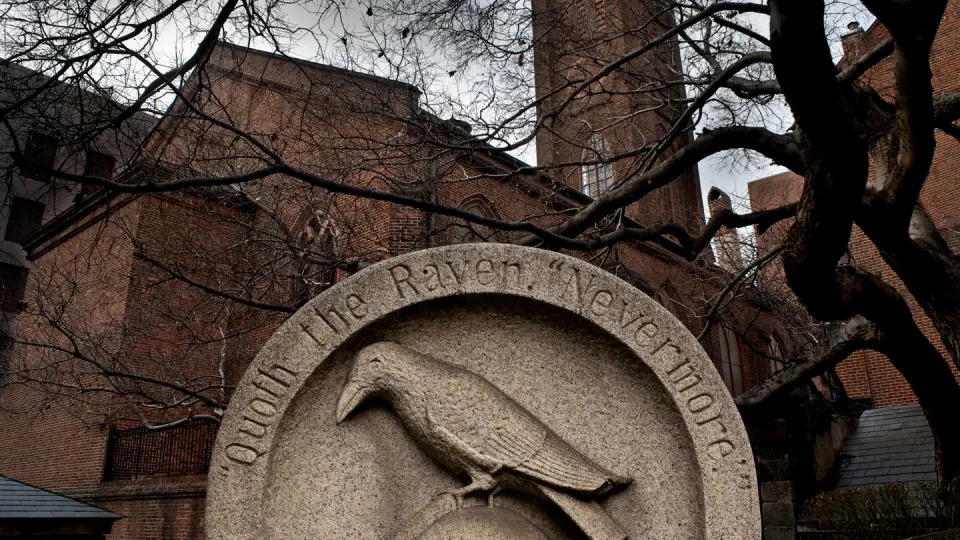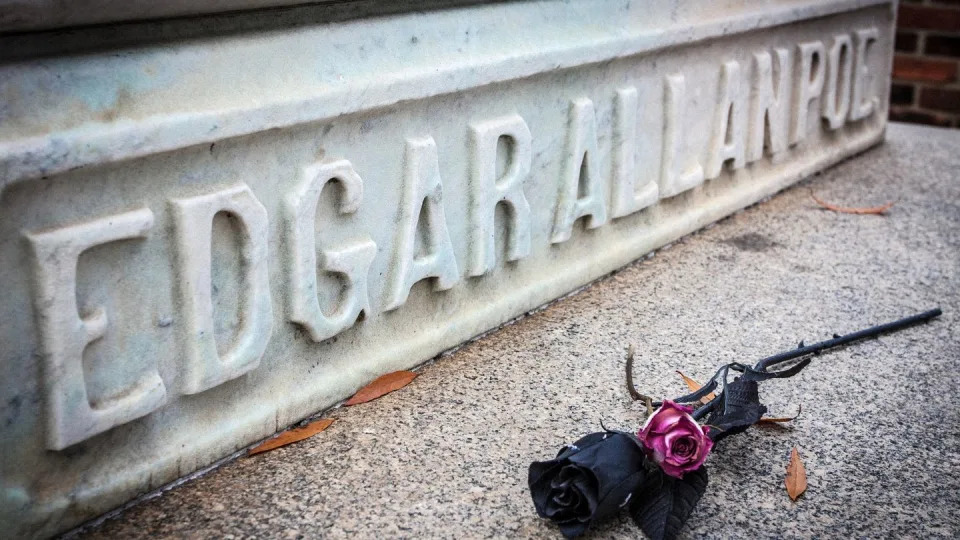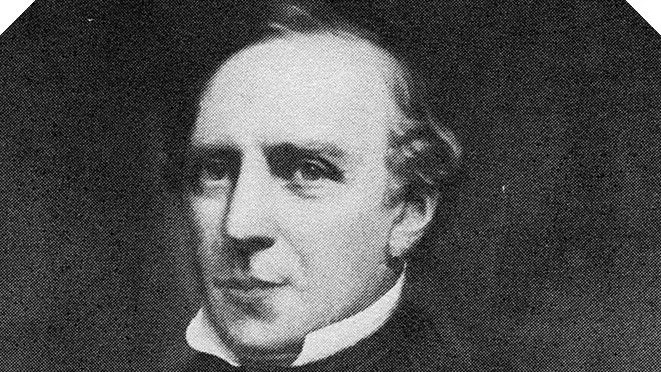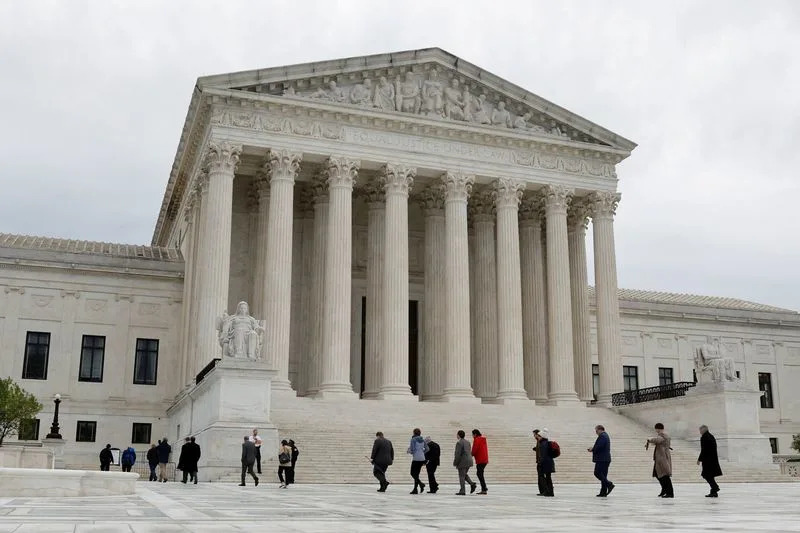Mon, November 13, 2023

WASHINGTON (AP) — In a case with potentially far-reaching press freedom implications, a federal judge in Washington is weighing whether to hold in contempt a veteran journalist who has refused to identify her sources for stories about a Chinese American scientist who was investigated by the FBI but never charged.
The judge previously ordered former Fox News reporter Catherine Herridge to be interviewed under oath about her sources for a series of stories about Yanping Chen, who was investigated for years on suspicions she may have lied on immigration forms related to work on a Chinese astronaut program. Chen has sued the government, saying details about the probe were leaked to damage her reputation.
But after Herridge refused to divulge to Chen’s lawyers how she acquired her information, the scientist’s attorneys are asking U.S. District Judge Christopher Cooper to hold the reporter in contempt — a sanction that could result in steep monetary fines until she complies.
The long-running lawsuit, now nearing a crucial decision point, represents the collision of competing interests: a journalist’s professional obligation to protect sources and an individual’s right to pursue compensation over perceived privacy violations by the government. It’s being closely watched by media advocates, who say forcing journalists to betray a promise of confidentiality could make sources think twice before providing information to reporters that could expose government wrongdoing.
“Allowing confidential sources to be ordered revealed means that the public will have less information. The more significant the story, the more significant topic, the greater the loss to the public in not knowing the truth about what’s going on,” said longtime First Amendment attorney Floyd Abrams. Abrams represented New York Times reporter Judith Miller, who spent 85 days in jail after being held in contempt for refusing to divulge a source in an investigation of leaks about an undercover CIA agent.
The judge acknowledged the stakes in an August decision that forced Herridge to be interviewed, writing, “The Court recognizes both the vital importance of a free press and the critical role that confidential sources play in the work of investigative journalists like Herridge,” who now works at CBS.
But Cooper said that “Chen’s need for the requested evidence overcomes Herridge’s qualified First Amendment privilege in this case.”
The stories by Herridge were published and aired by Fox News in 2017, one year after the Justice Department told Chen she would not face any charges in its yearslong investigation into whether she may have concealed her former membership in the Chinese military on U.S. immigration forms.
The reports examined Chen's former alleged ties to the Chinese military and whether she had used a professional school she founded in Virginia to help the Chinese government get information about American servicemembers. They relied on what her lawyers contend was items leaked from the probe, including snippets of an FBI document summarizing an interview, personal photographs, and information taken from her immigration and naturalization forms and from an internal FBI PowerPoint presentation.
Herridge was interviewed under oath in September by a lawyer for Chen, but declined dozens of times to answer questions about her sources, saying at one point: “My understanding is that the courts have ruled that in order to seek further judicial review in this case, I must now decline the order, and respectfully I am invoking my First Amendment rights in declining to answer the question.”
Herridge’s attorney, Patrick Philbin, who served as deputy White House counsel during the Trump administration, said that forcing the journalist to turn over her source or sources would destroy her credibility and hurt her career.
“The First Amendment interest in protecting journalists’ sources is at its highest in cases, like this, involving reporting on national security,” Philbin wrote in court papers. “And confidentiality is critical for government sources who may face punishment for speaking to the press.”
In a statement, Fox News said that “sanctioning a journalist for protecting a confidential source is not only against the First Amendment but would have a chilling effect on journalism across the country as the ability to hold truth to power is essential in a democracy.”
The network said it fully supports Herridge’s position. CBS News said it does as well, asserting in its own statement that the motion for contempt “should be concerning to all Americans who value the role of the free press in our democracy and understand that reliance on confidential sources is critical to the mission of journalism.”
Legal fights over whether journalists should have to divulge a source are rare, though they’ve arisen several times in the last couple decades in Privacy Act cases like the one filed by Chen. Some lawsuits have ended with a hefty Justice Department settlement in place of a journalist being forced to reveal a source, an outcome that remains possible in Herridge’s case.
In 2008, for instance, the Justice Department agreed to pay $5.8 million to settle a lawsuit by Army scientist Steven Hatfill, who was falsely identified as a person of interest in the 2001 Anthrax attacks. That settlement resulted in a contempt order being vacated against a journalist who was being asked to name her sources.
In Herridge’s case, the scientist’s lawyers say they’re seeking a fine that would increase over time until she identifies her source. Unlike in Miller’s situation, it’s a private plaintiff demanding to know the identity of the source rather than representatives of the Justice Department.
Courts have recognized that journalists have a limited privilege to keep confidential their sources, allowing reporters to block subpoenas in the past. But judges in some cases, like Herridge’s, have found that privilege can be outweighed by the need for the information if the person seeking the source has failed to find it through other means.
Many states have reporter shields, which offer various protections from subpoenas and the forced disclosure of sources, but there is no such protection in federal law. Gabe Rottman, of the Reporters Committee for Freedom of the Press, said Herridge’s case is a stark illustration of the need for a federal shield law.
“If sources can’t be given credible assurances of confidentiality, they won’t come forward,” said Rottman, director of the group's Technology and Press Freedom Project. “And that chills the free flow of information to the public and it limits journalists' ability to do their jobs.”
___
Richer reported from Boston.

































